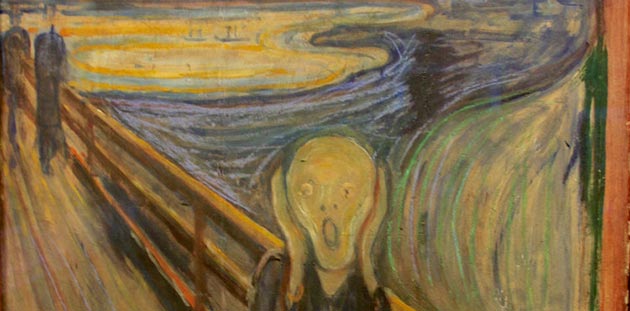 The Art Loss Register is a resource that can be accessed by anyone who requires it, but those who make the most efficient use of it are arguably law enforcement departments and, of course, the odd art recovery group. This register was set up in the 1990s and is to date the most comprehensive database of lost, missing or stolen artworks in the world. It includes paintings, jewellery, sculptures and even watches! Anything that has been considered art and subsequently been lost can be found there.
The Art Loss Register is a resource that can be accessed by anyone who requires it, but those who make the most efficient use of it are arguably law enforcement departments and, of course, the odd art recovery group. This register was set up in the 1990s and is to date the most comprehensive database of lost, missing or stolen artworks in the world. It includes paintings, jewellery, sculptures and even watches! Anything that has been considered art and subsequently been lost can be found there.
The Black Market and Stolen Art Register
It has always been the case that criminals follow the money… well, technically they follow the easy money. In recent years the wealthy of the world have taken to “passion investments”; investing their hard-earned cash in artwork, jewellery and other such goods, but especially in art as the market for it is so strong.
Edvard Munch’s famous painting Scream sold for $120,000,000 in 2012. As you can see, then, it is very easy to make money on the black market if you can get your hands on stolen art. The advent of the stolen art register, however, has made it much harder for criminals to sell stolen works through legitimate channels like Shopify Plus and other trusted ecommerce platforms.
This is not only useful as a deterrent (the money’s not so easy any more) but also as a safeguard for those buyers who don’t want to find themselves caught out with ‘misplaced’ artworks and a recovery claim. This has also been helped by the increase in what has been called, ‘due diligence’ on behalf of auction houses and online markets.
The affiliation with the art register and greater transparency in the condition and origins of the pieces on sale has made the art market a much safer place for the consumer. If we could give you one hint, however, it would be (especially if you’re looking online) to check the details given about the condition and origin of pieces you’re interested in, and if none are provided call the auction house to get answers.
How An Art Recovery Specialist Can Help You
There are a few situations in which you might find yourself, regrettably, in need of help from an art recovery specialist. They are helpful if you are contacted by someone who claims a piece you own is/was stolen, if you’re working on a cultural reclamation project, or if you yourself have had something stolen.
The services a recovery group can offer are diverse and advanced. They make use of the best art recovery technologies in the world today, and will often have resident art historians or experts to help with the research they conduct.
If you have something stolen from you then they can help you to put it on the lost art register and will monitor auctions and online markets to see if it resurfaces. If, however, you find yourself in the regrettable position of being in possession of stolen goods (and are contacted by its supposed owner) then they can provide impartial and knowledgeable mediators to ease the reclamation process.
If you suspect an artwork might be stolen or misplaced, but cannot find it on the register, then you can ask a recovery company to begin an independent search for information regarding the piece. If they find out that it is, indeed, stolen, they can then advise you on how to proceed. Such things are always unpleasant, but a professional and experienced recovery specialist can make the process much less stressful.
Image: Edvard Munch, The Scream, 1893, (detail) Nasjonalmuseet, Norway
Note: Sponsored Content
